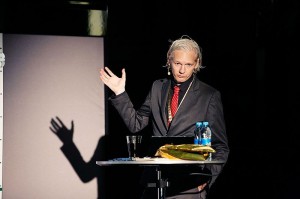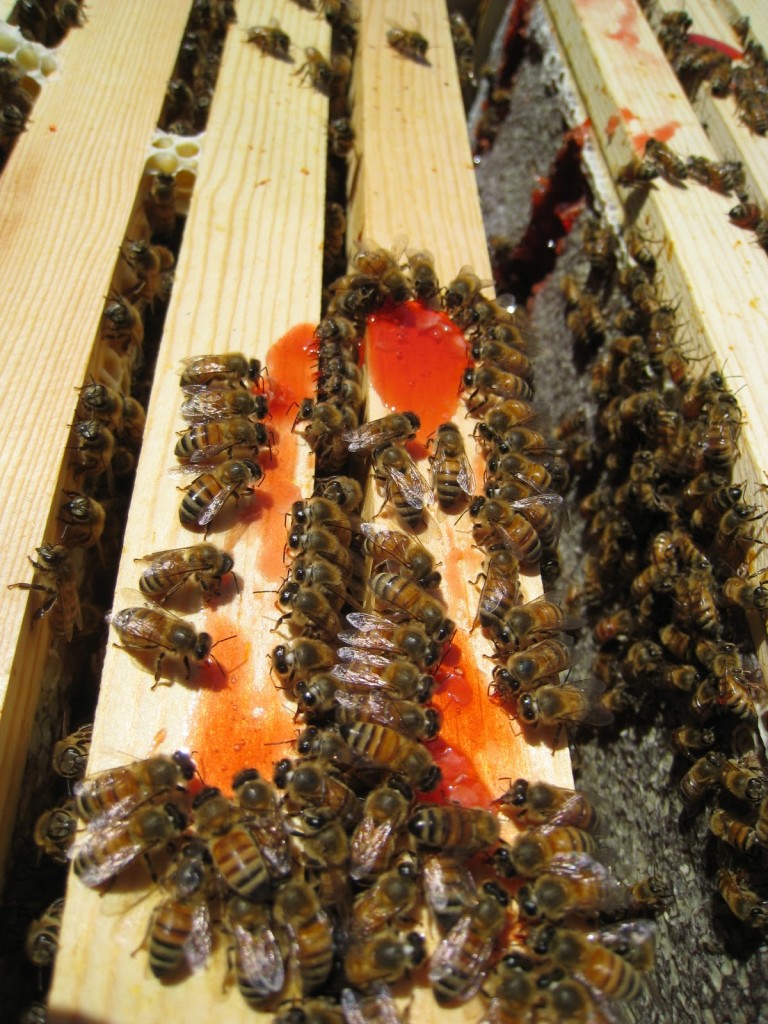 One of the campuses where I teach is haunted. Everybody says so. They hear noises in the night. They encounter cold spots. They come to work in the morning and find a seemingly immovable file cabinet in the middle of a hallway. My role, you might not be surprised to hear, is that of resident skeptic.
One of the campuses where I teach is haunted. Everybody says so. They hear noises in the night. They encounter cold spots. They come to work in the morning and find a seemingly immovable file cabinet in the middle of a hallway. My role, you might not be surprised to hear, is that of resident skeptic.
The role isn’t one I cultivated, but it’s one I easily acquired. The faculty member who reported seeing lights in the windows of a room that, when she entered the building, she found to be dark? I walked her back outside, asked her where she was when she saw the lights, and offered an explanation. The path was icy; she would have been walking with her head down. When she did look up to see where she was going, she would have no more than glanced in the direction of the building. The windows of the room in question would have caught the reflection from the streetlamps along the path, and the windows of the next room over were in fact lit up. At a glance, the combination of lights could easily give the illusion of emanating from a room that was dark.
She said she now understood that what she’d seen could easily have been an optical illusion, and she thanked me, and then she went back inside and told the rest of the faculty that she’d seen a ghost. Continue reading






